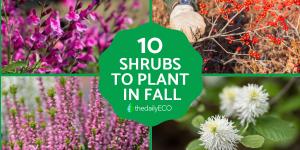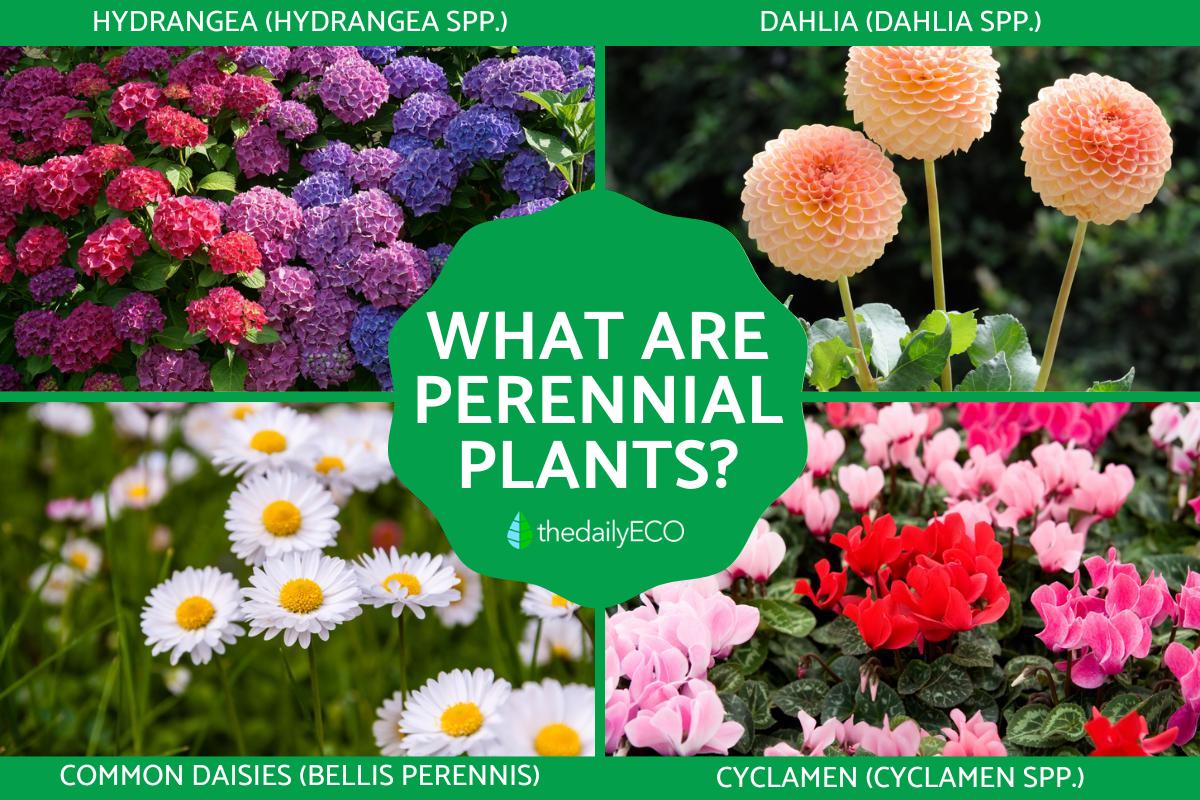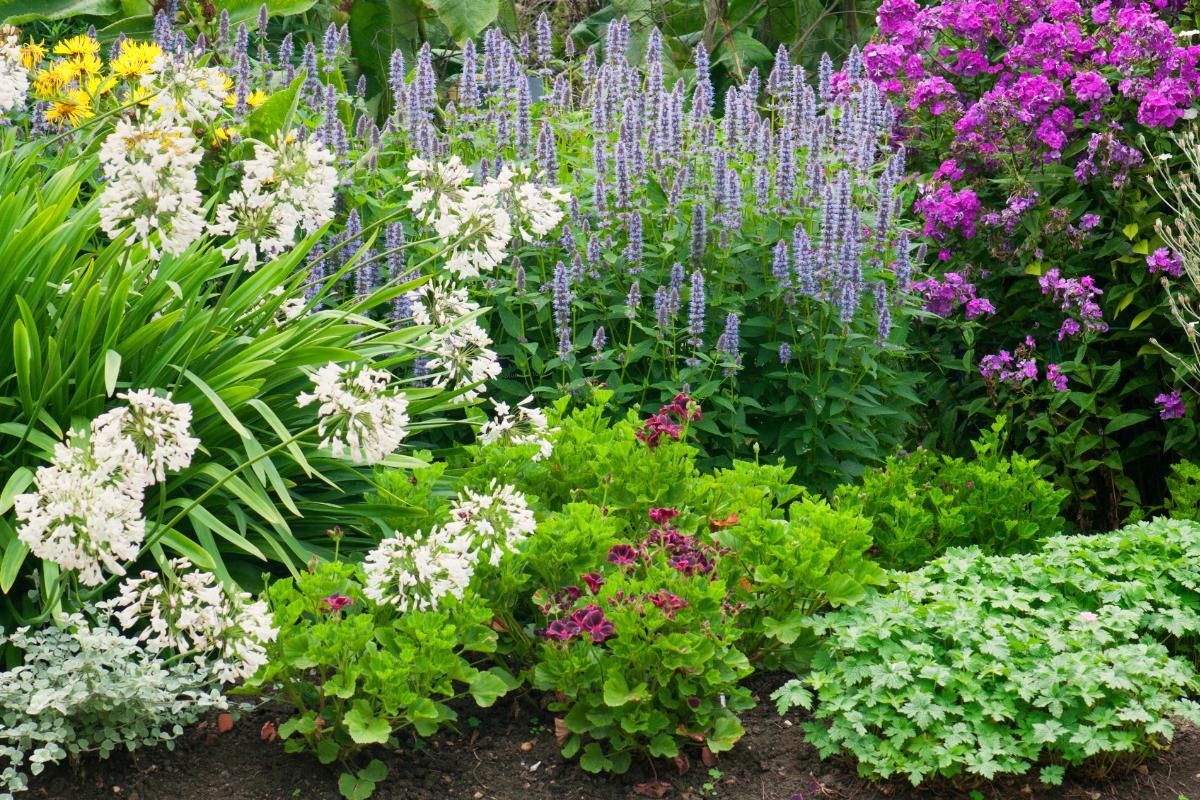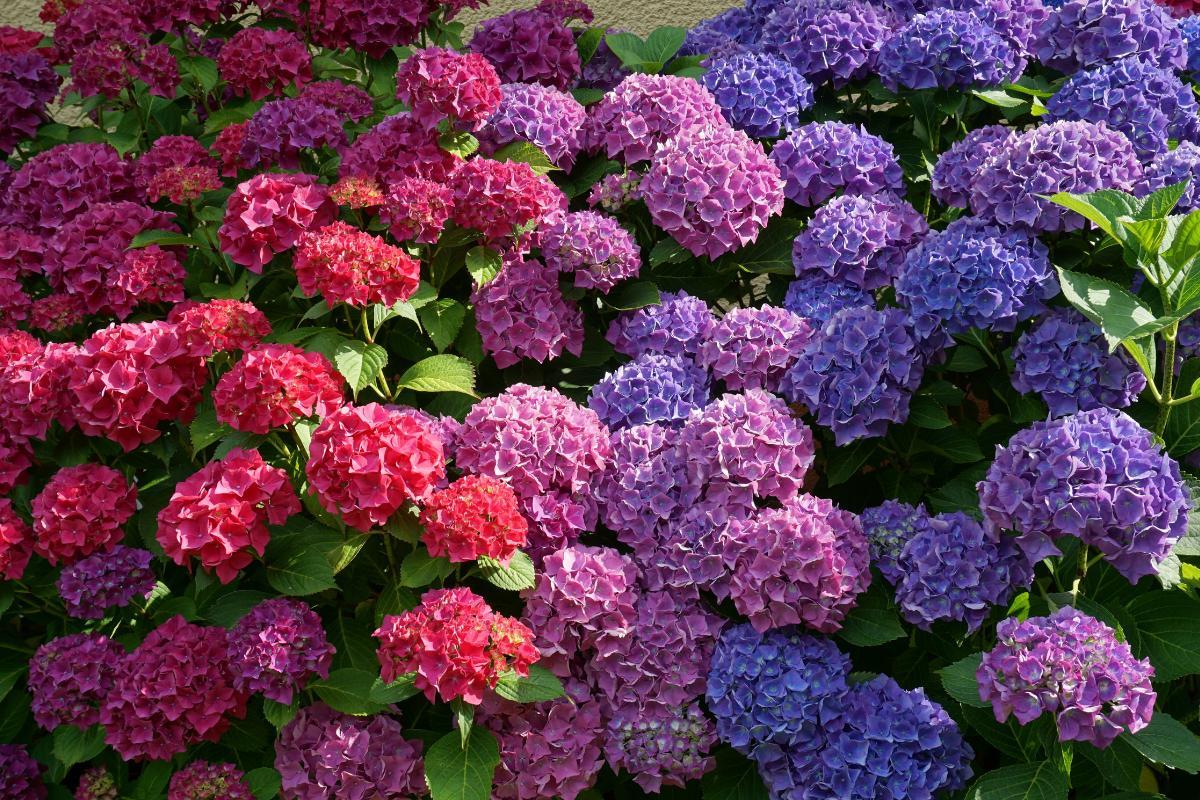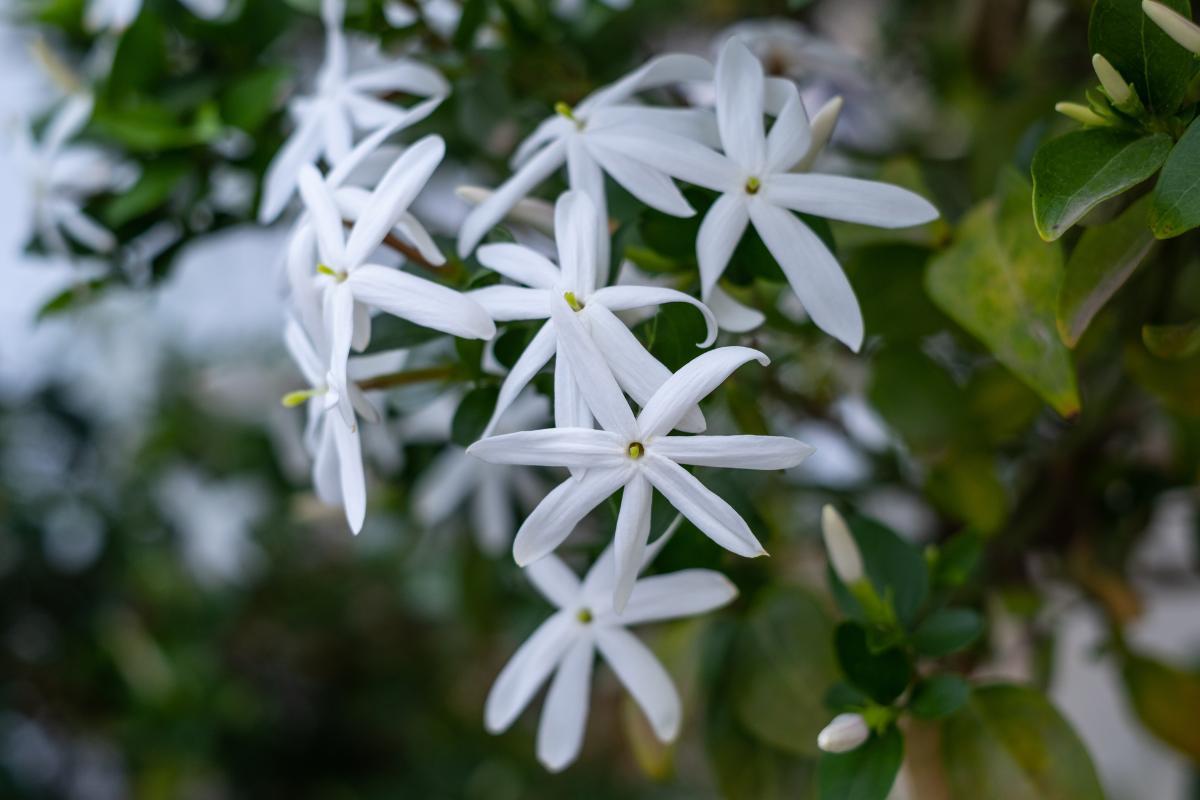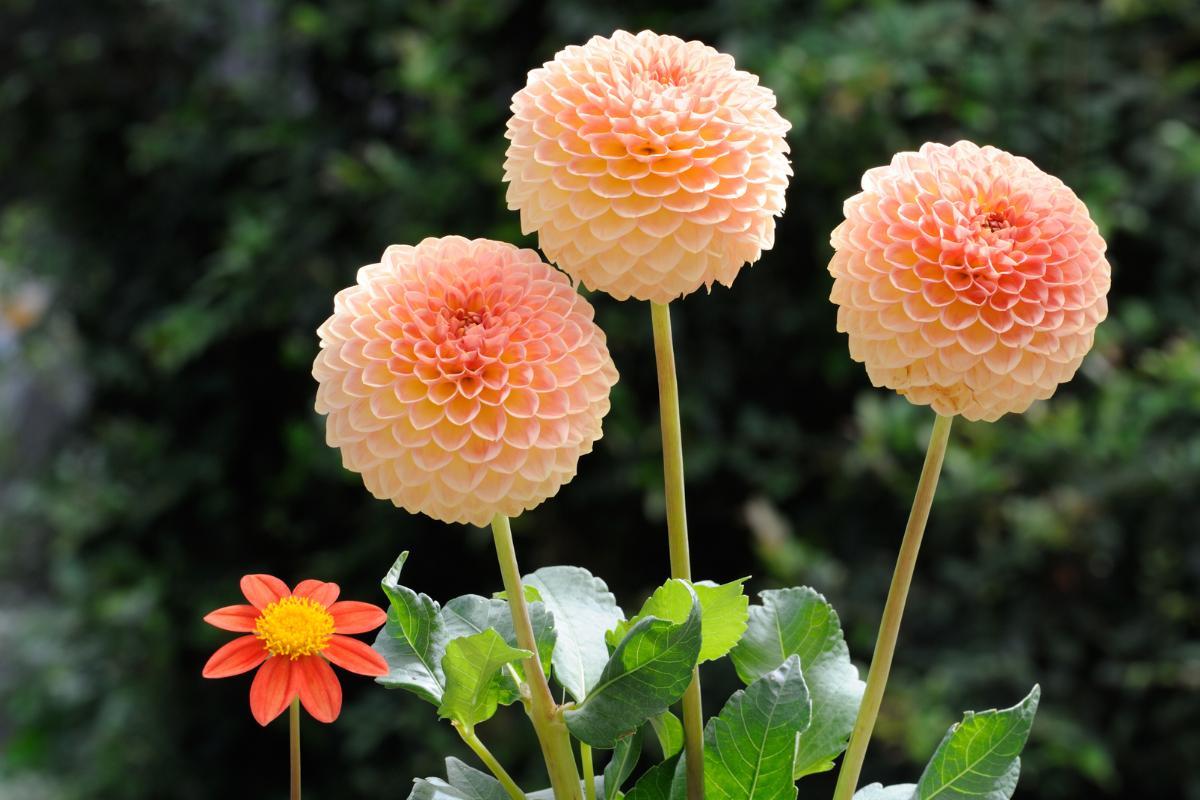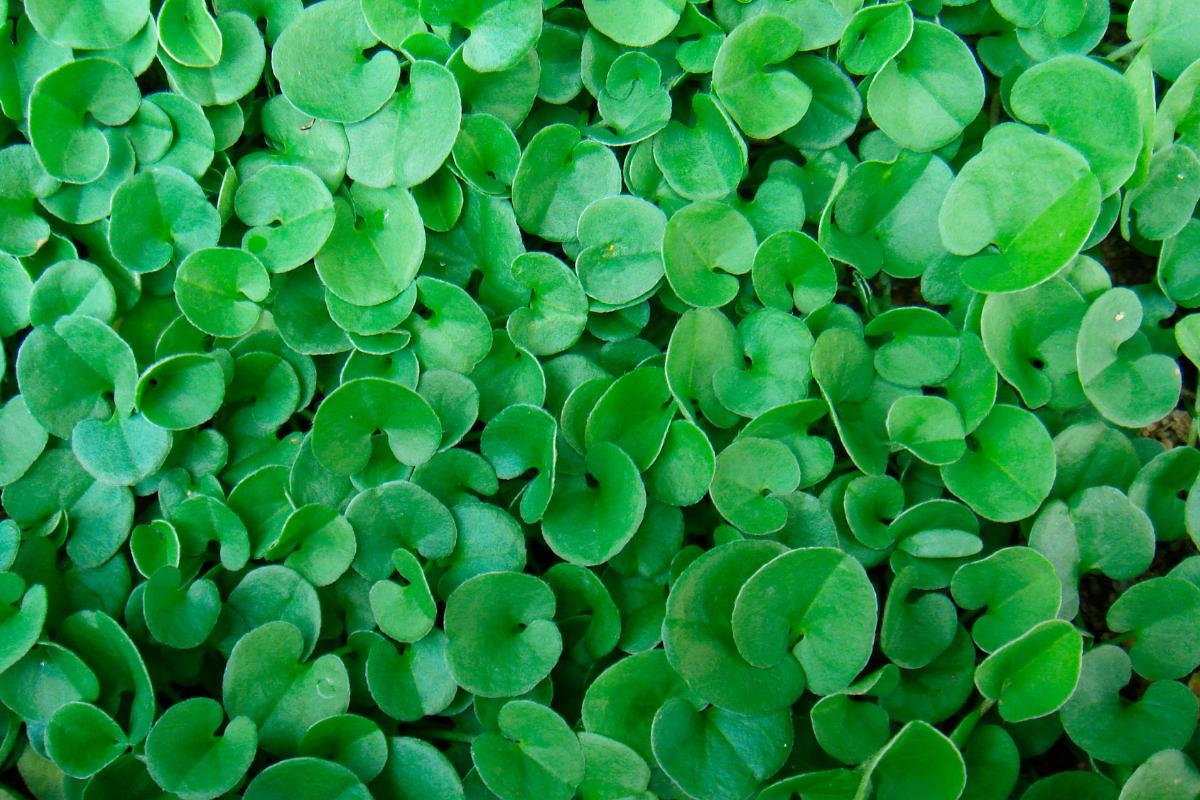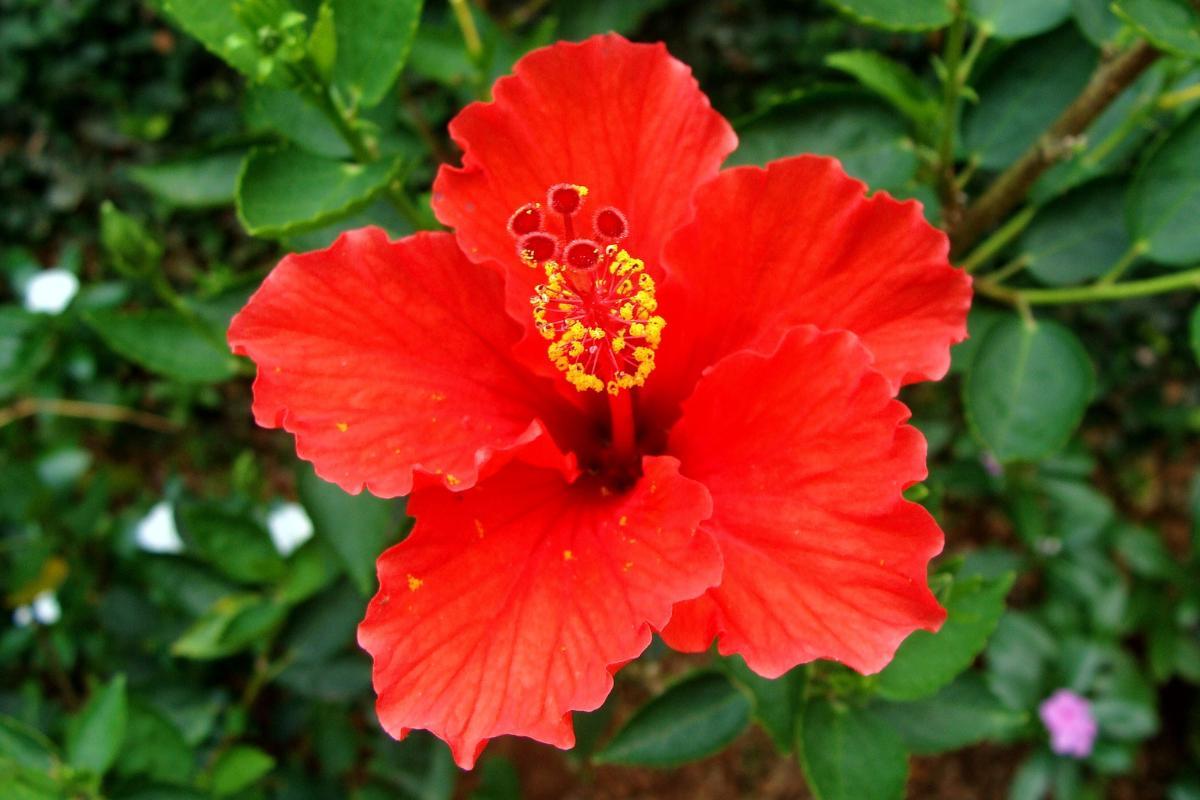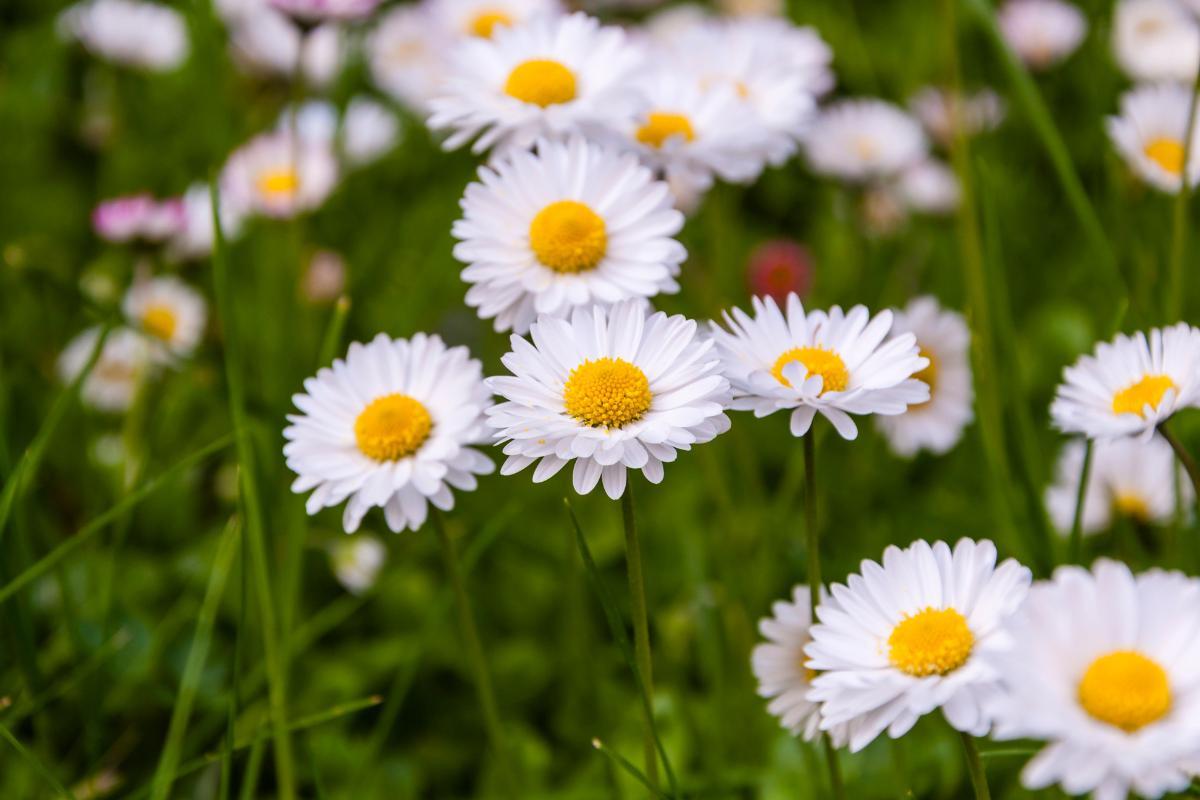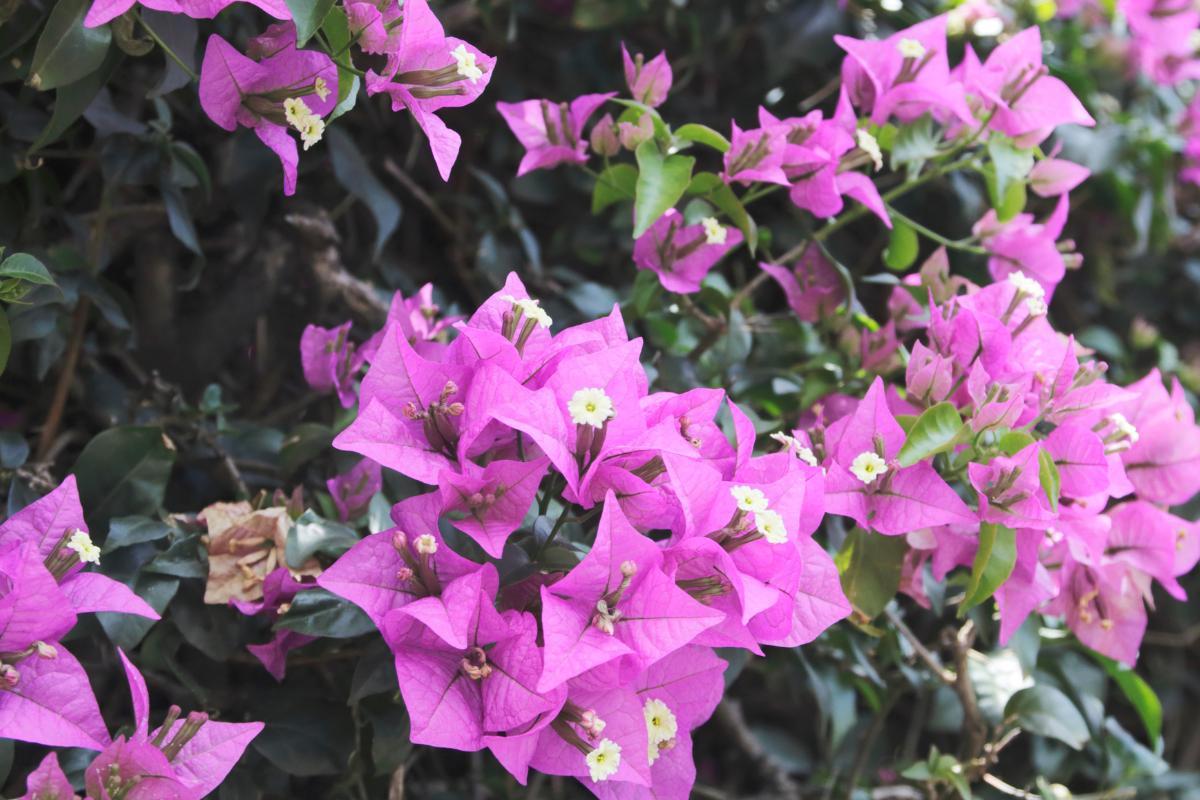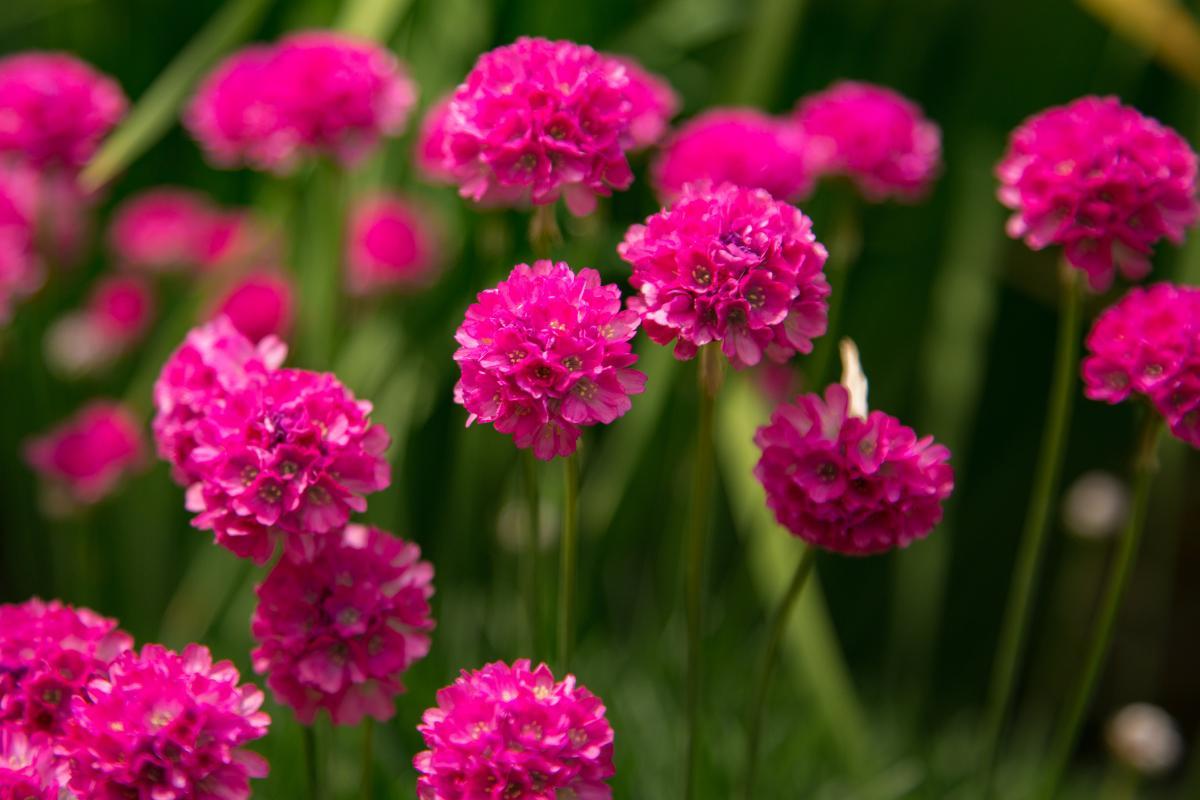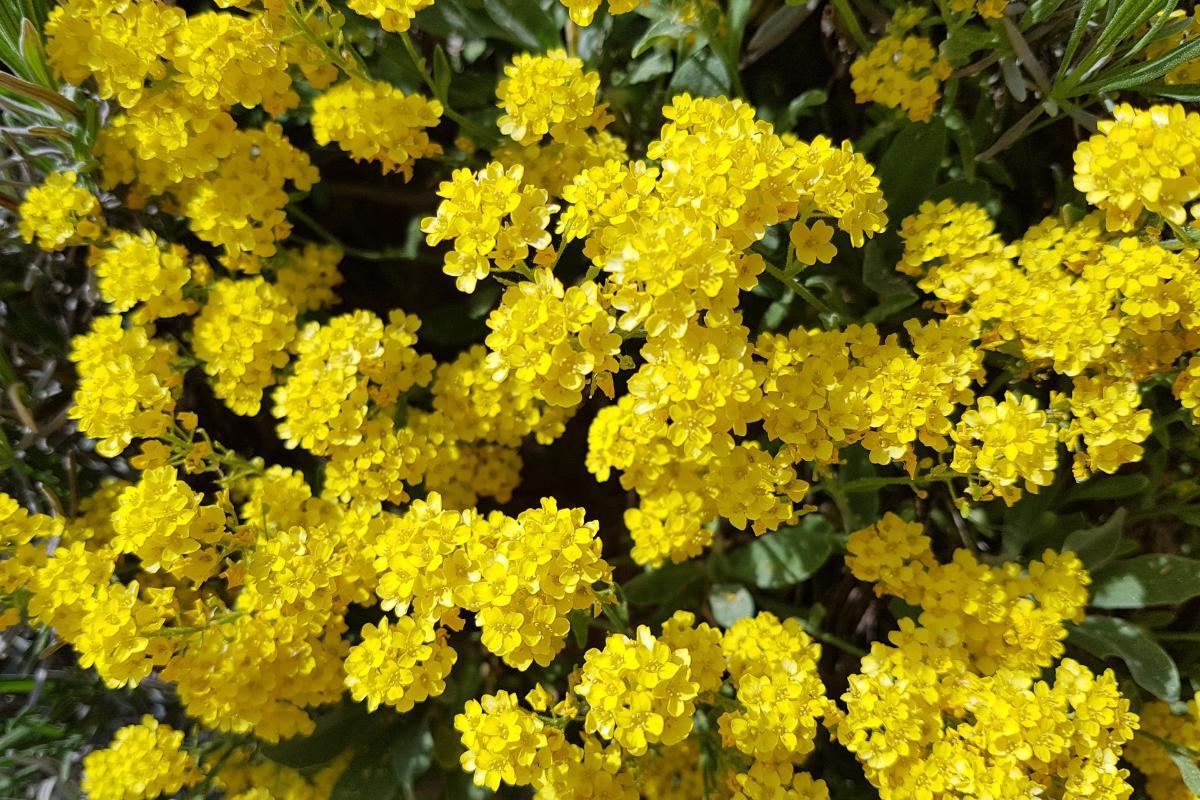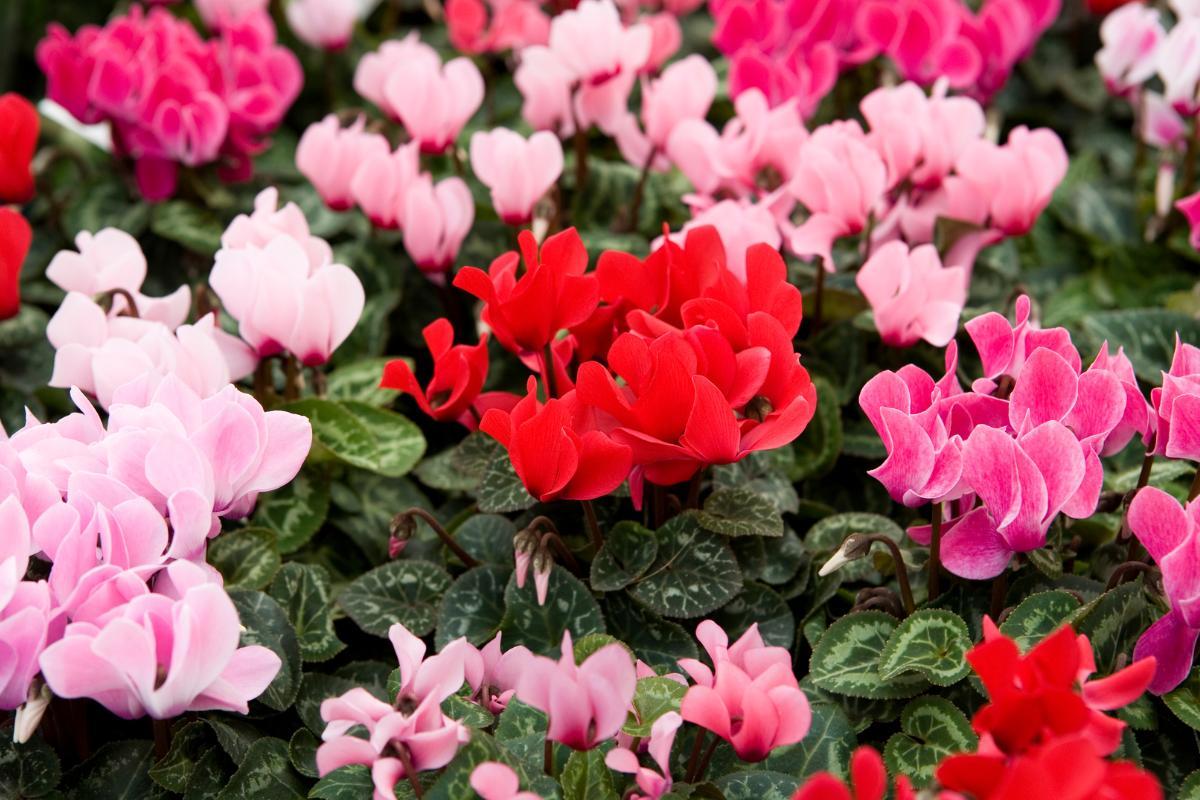What Are Perennial Plants?


Perennial plants bring lasting beauty to gardens by returning year after year with minimal maintenance. This guide explores popular varieties like the color-changing hydrangeas, fragrant jasmine, and drought-tolerant bougainvillea. Whether you're looking to cover ground, create shade, or add seasonal blooms, you'll find options that suit your garden's conditions. We'll cover essential care tips, growing requirements, and interesting facts about these garden staples that can thrive from sunny spots to shaded corners.
- What defines a perennial plant?
- Uses of perennial plants
- Hydrangea (Hydrangea spp.)
- Jasmine (Jasminum spp.)
- Dahlia (Dahlia spp.)
- Asian ponysfoot (Dichondra repens)
- Hibiscus (Hibiscus spp.)
- Common Daisies (Bellis perennis)
- Bugambilia (Bougainvillea spectabilis)
- Sea thrift (Armeria maritima)
- Basket of Gold (Alyssum saxatile)
- Cyclamen (Cyclamen spp.)
What defines a perennial plant?
Perennial plants, unlike annual plants that complete their life cycle in a single season, can live for several years and even decades with proper care.
These resilient plants have developed a clever survival strategy. When winter approaches, most perennials appear to die as their leaves and stems wither away. But don't be fooled by this temporary retreat. Below the soil, their extensive root systems remain very much alive, storing nutrients and energy for next spring's growth.
This survival mechanism works through a well-developed root structure that goes deeper and spreads wider than annual plants. Some perennials develop thick, fleshy roots called rhizomes or tubers, while others create dense, fibrous root networks. These underground systems help them survive harsh conditions and return stronger each spring.
The perennial category includes more than just the familiar garden flowers. Trees and shrubs are technically perennials, but gardeners usually use the term when referring to herbaceous plants. That is, those with soft, green stems rather than woody ones.
Different perennials have adapted to various climates, which affects how they behave through the seasons. Some keep their leaves year-round in warmer regions, while others die back completely in colder areas.
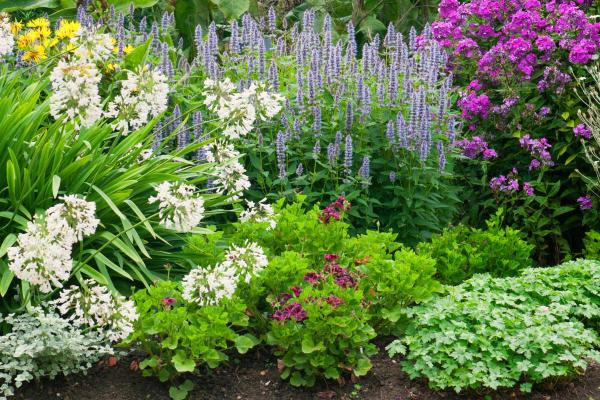
Uses of perennial plants
Perennials work in almost any sunny outdoor space, and they're particularly handy for transforming plain areas into living landscapes. You can plant them along walls where they'll spread naturally to cover empty spaces, or use them to mark garden boundaries without building fences.
These plants really shine in rock gardens, where they grow between stones and add life to what would otherwise be bare rock faces. For smaller spaces, group them in flower beds to create spots of color that come back stronger each spring.
Many public gardens and larger properties use perennials in broad sweeps to create dramatic displays. What's great about perennials is that they keep coming back. Unlike annuals that need replanting every year, these plants settle in for the long haul. Once they're established, they need less attention.
Looking for ways to maximize garden space? These flowering vines grow up while other perennials grow out.
Hydrangea (Hydrangea spp.)
Hydrangeas transform gardens with their showy flower clusters in shades of pink, purple, white, and blue. What's fascinating is that the same plant can produce different colored blooms based on your soil's pH - acidic soil brings out blue tones, while alkaline soil produces pink flowers. Gardeners often adjust their soil just to get the color they want.
These Asian natives have spread worldwide, with over 75 species growing from sea level to mountainsides. In Japan, they're called "ajisai" and mark the start of the rainy season.
Growing hydrangeas takes less work than you might think. They prefer morning sun and afternoon shade, especially in warm climates. Keep their soil consistently moist but not waterlogged, and add mulch to hold moisture. Prune them right after flowering ends, but remember some varieties bloom on old wood, others on new growth.
Did you know that a simple trick can help your hydrangeas thrive? By burying a few rusty nails near the roots, you can enhance their color and overall health. The iron released from the nails helps deepen the blue hues and strengthens the plant's stems.

Jasmine (Jasminum spp.)
Jasmine fills gardens with its unmistakable sweet fragrance and delicate white flowers. These hardy climbers bounce back after harsh winters, even surviving snowfall without trouble.
In ancient Egypt, jasmine flowers were reserved for royalty, and today they remain prized in perfume making. The name comes from Persian "yasamin," meaning "gift from God."
Plant jasmine in well-draining soil where it gets at least six hours of sun daily. In cold regions, plant near a south-facing wall for extra warmth. These plants climb naturally but benefit from support structures like trellises or fences. Water deeply but infrequently to encourage deep roots.
While most people know jasmine for its fragrant ornamental varieties, some species produce berries used in traditional Chinese medicine. One variety, Jasminum sambac, provides the distinct flavor in jasmine tea.

Dahlia (Dahlia spp.)
Dahlias are known by their intricate blooms, which from tiny pom-poms to dinner-plate sized flowers. As if that weren't enough, their colors span nearly the whole spectrum.
Native to Mexico, where they're the national flower, dahlias were originally grown for their edible tubers by the Aztecs.
Plant tubers after the last frost in rich, well-draining soil. Space them about 60cm (2 feet) apart to give those showy blooms room to shine. Most varieties need staking as they grow tall. Deadhead regularly to keep flowers coming.
For bigger blooms, remove side buds, leaving just the center one. Lift tubers in fall before hard frost if you live in zones colder than 7. Store them in barely damp sawdust or peat moss at around 7°C (45°F) through winter.
While we grow them for flowers, dahlia tubers can also be eaten. They taste like a cross between potatoes and water chestnuts. The Aztecs used them both as food and medicine.
Want to create visual interest even when perennials rest? See how ornamental plants keep gardens stunning through all seasons.
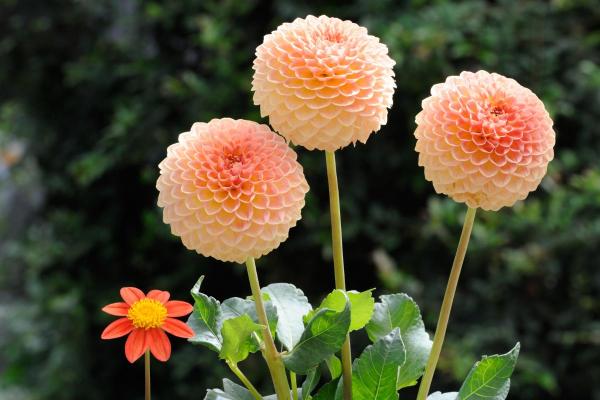
Asian ponysfoot (Dichondra repens)
Asian ponysfoot offers a smart alternative to traditional lawns, especially in tricky growing spots. This low-growing plant spreads into a dense carpet of small, round leaves. Each tiny leaf is perfectly round, like miniature lily pads, earning it the nickname "kidney weed" in some places. Some varieties come in silver tones, offering interesting contrast in rock gardens.
Native to warm regions worldwide, Asian ponysfoot needs minimal mowing and stays green with less water than grass. In mild climates, it remains evergreen year-round. While grass struggles under trees or in dry areas, this plant thrives.
Plant in spring, spacing seedlings 15cm (6 inches) apart. Water regularly until established, then reduce to occasional deep watering. It handles foot traffic well but prefers moderate use.
The best part is that you'll rarely need to mow. Asian ponysfoot naturally stays under 5cm (2 inches) tall. For maintenance, just trim edges occasionally to keep it tidy.

Hibiscus (Hibiscus spp.)
Hibiscus brings a tropical flair to any garden with its large, showy flowers in red, white, and yellow. These plants can grow as tall shrubs or small trees, making them versatile for gardens in warm regions.
Plant in full sun with rich, well-draining soil. Keep soil consistently moist but not waterlogged.
In regions with colder winter temperatures, grow tropical varieties in containers to move indoors for winter. Hardy varieties can survive colder temperatures. To maintain its shape and encourage bushier growth with more flowers, cut back leggy growth in spring.
Hibiscus flowers only last one day, but plants produce new blooms continuously during the growing season. Dried hibiscus makes a tart, ruby-red tea popular in Mexico (jamaica) and the Caribbean. Both flowers and leaves are edible, commonly used in teas and traditional medicine across tropical regions.
This plant also attracts pollinators, as well as hummingbirds and butterflies.
Love big, bold blooms? Discover show-stopping flowers that make dramatic garden statements

Common Daisies (Bellis perennis)
Daisies bring cheerful simplicity to gardens with their classic white petals and yellow centers, though newer varieties offer purples, pinks, and multicolor options. These tough plants survive neglect and rough weather while blooming reliably from spring through fall.
Plant in full sun with well-draining soil. Space them 30-60cm (1-2 feet).Do not worry,they'll fill in quickly. Cut back spent flowers to encourage more blooms. Divide clumps every 3 years to maintain vigor and spread to new areas.
Interestingly, what looks like one daisy flower is actually hundreds of tiny flowers. The yellow center contains disk flowers, while the white "petals" are each individual ray flowers.
These adaptable plants naturalize easily in lawns and meadows. They attract beneficial insects and make long-lasting cut flowers.
Give roots time to settle before winter. See which shrubs prefer autumn planting.

Bugambilia (Bougainvillea spectabilis)
Bougainvillea fills gardens with vivid colors through its modified leaves called bracts, not true flowers. These range from deep pink and purple to orange, white, and yellow. What we think of as flowers are actually papery bracts surrounding tiny white flowers. These bracts keep their color for months, much longer than typical flower petals.
Native to South America, it now brightens gardens worldwide in warm climates.
Plant in full sun with well-draining soil. Water deeply but infrequently, since these plants thrive in slightly dry conditions. Train young plants early for desired shape, which range from climbing to bush, or tree form. Prune after flowering to control size and encourage new growth.
Perfect for areas needing drought-tolerant color. In cooler regions, grow in containers to move indoors during winter. Thorny stems make excellent security barriers while adding beauty to walls and fences.

Sea thrift (Armeria maritima)
Sea thrift resembles tiny pink carnations. Native to coastal areas, it forms dense mounds of grass-like foliage topped with pink blooms in spring and summer. These plants thrive in salty air and poor soil along coastlines. Their tough nature made them a traditional choice for thatched roofs in the British Isles.
Plant in full sun and well-draining soil. Once established, it needs minimal water. Works well in rock gardens, borders, and containers. Trim spent flowers to encourage reblooming.
In gardens, they form neat cushions about 15-20cm (6-8 inches) tall, spreading slowly over time. The flowers attract butterflies and make good cut flowers for small arrangements.

Basket of Gold (Alyssum saxatile)
Basket of gold earns its name from clusters of bright yellow flowers that spill over walls and containers each spring. This Mediterranean native thrives in hot, sunny spots with well-draining soil. Its Latin name "saxatilis" means "growing among rocks," reflecting its natural habitat on sunny Mediterranean hillsides. The plant's silver-gray foliage stays attractive even when not in bloom.
Plant in poor to average soil, because rich soil makes it grow too fast and flop over. Trim back after flowering to keep its shape compact. Start from seed in late summer for next spring's blooms.
These sturdy plants resist deer and drought, making them perfect for low-maintenance gardens. They spread gradually to form thick mats that help prevent soil erosion on slopes.

Cyclamen (Cyclamen spp.)
Cyclamen brings exotic beauty to shady spots with heart-shaped leaves and flowers in pink, white, or purple.
Unlike most garden plants, it blooms in fall and winter, when other flowers rest. Interestingly, these plants go dormant in summer, so don't water during this rest period. When leaves yellow and die back, reduce watering until new growth appears in fall.
Place in bright shade or filtered light. Plant tubers just below soil surface in well-draining, slightly acidic soil. Water when top 2.5 cm (1 inch) feels dry, avoiding wet leaves. Remove spent flowers and yellowed leaves promptly.
Cyclamen tubers can live over 100 years in good conditions. Their seeds are spread by ants, who carry them away for their sweet coating.
Did you know some plants produce seeds without flowers? Learn about the ancient group that gives us pine trees and cycads.

If you want to read similar articles to What Are Perennial Plants?, we recommend you visit our Outdoor plants category.
- KREUTER, M. L. (2005). Organic garden and orchard. Spain: Mundi-Prensa Editions.
- Perennial plants. (1978). Spain: Floraprint.




